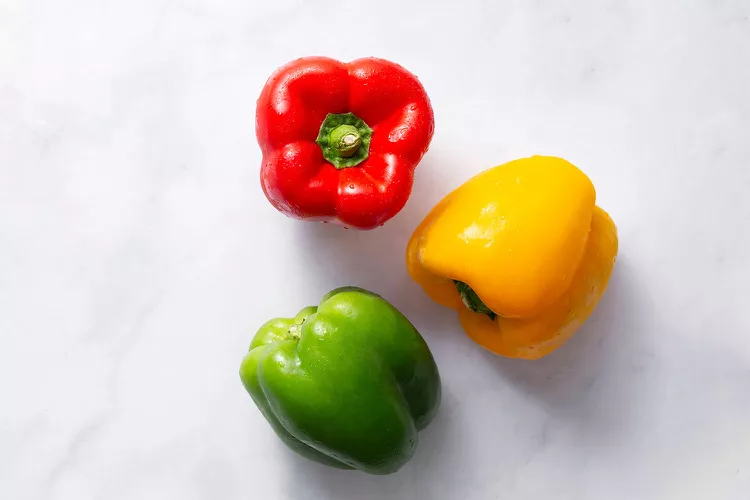- No. 268 Xianghe Street, Economic Development Zone of Xingtai city, Hebei 054001 China
- Byron@hbhongri.cn
Smoky and Sweet Paprika for Flavorful Dishes and Recipes
The Versatility of Smoked and Sweet Paprika in Culinary Arts
Paprika, a spice derived from the grinding of dried peppers, is a beloved ingredient in many kitchens worldwide. Particularly, smoked and sweet paprika have gained increasing popularity among culinary enthusiasts, both for their unique flavors and the depth they add to various dishes. In this article, we will explore the origins, flavor profiles, culinary uses, health benefits, and tips for incorporating smoked and sweet paprika into your cooking.
Origins and Flavor Profiles
Paprika traces its origins back to Central and South America, where the pepper varieties were first cultivated thousands of years ago. Its journey to Europe began in the 16th century when Spanish explorers brought the peppers back to Spain. Today, Hungary and Spain are the two primary producers of paprika, each offering distinct types that contribute to the spice's diverse flavor spectrum.
Smoked paprika, known as pimentón in Spanish, is made from peppers that are slow-dried over an oak fire, imparting a characteristic smokiness to the spice. This type of paprika is renowned for its deep red hue and rich, earthy flavor, adding complexity to dishes. Sweet paprika, or just paprika, on the other hand, is made from sweet, non-spicy varieties of peppers that are dried and ground. This type has a milder taste and is often used to add a vibrant color and a subtle sweetness to dishes.
Culinary Uses
Both smoked and sweet paprika are incredibly versatile and can be used in various cuisines, from Spanish and Hungarian to contemporary cooking. Smoked paprika is a key ingredient in dishes such as paella, chorizo, and various marinades. Its rich flavor pairs exceptionally well with meats, making it an excellent choice for rubs and glazes. For a unique twist, it can also enhance roasted vegetables, giving them an irresistible smoky kick.
Sweet paprika shines in dishes where a delicate flavor and vivid color are desired. It is commonly used as a garnish for deviled eggs, potato salads, and soups, providing a pop of color and a mild yet flavorful note. It also serves as a base for sauces and soups, adding depth without overwhelming the palate.
Both types of paprika can be used interchangeably, but they each bring distinct qualities to a dish. Therefore, it's essential to choose the right type based on the desired flavor profile.
Health Benefits
smoked and sweet paprika

In addition to their culinary uses, both smoked and sweet paprika offer a range of health benefits. Paprika is rich in antioxidants, which help fight oxidative stress in the body. It contains vitamin A, essential for maintaining healthy vision and a robust immune system. Moreover, paprika is a good source of vitamins B6, E, and K, promoting overall health.
The presence of capsaicin, particularly in smoked paprika, may also provide anti-inflammatory benefits, improving circulation and supporting cardiovascular health. Regular consumption of paprika may even contribute to improved digestive health.
Tips for Incorporating Paprika into Your Cooking
Incorporating smoked and sweet paprika into your cooking can be both simple and rewarding. Here are some tips to help you make the most of these flavorful spices
1. Start Small If you are new to using smoked or sweet paprika, begin with a small amount. You can always add more, but it’s challenging to correct a dish that has become too spicy or smoky.
2. Add to Hearty Dishes Both types of paprika work well in slow-cooked dishes such as stews, soups, and casseroles. Add them early in the cooking process to allow the flavors to meld.
3. Enhance Marinades and Rubs Mix smoked or sweet paprika into marinades for meats or use it in spice rubs for grilling. It will enhance the flavor profile and add a beautiful color.
4. Experiment Don’t hesitate to explore new recipes that feature paprika. It works well with various cuisines, and its use in sauces, dips, and dressings can elevate meals significantly.
5. Store Properly To maintain their flavor and potency, store paprika in an airtight container away from direct sunlight. While paprika can last for a long time, it’s best enjoyed fresh.
In conclusion, smoked and sweet paprika are not just beautiful spices; they are also versatile ingredients that can transform dishes with their rich flavors and vibrant colors. By exploring their diverse uses in your culinary creations, you will discover a world of flavor that enhances both everyday meals and special occasions. Whether you are an experienced cook or a novice in the kitchen, these paprikas are a must-have in your spice collection.
-
Turmeric Rhizome Powder: A Golden Treasure from Roots to TableNewsJul.28,2025
-
The Versatile Application Of Crushed Red Hot Peppers: Lighting Up The Red Flames On The Dining TableNewsJul.28,2025
-
The Paprika: A Touch Of Vibrant Red In Color, Flavor, And CultureNewsJul.28,2025
-
Ground Turmeric: A Modern Examination of an Ancient SpiceNewsJul.28,2025
-
Capsicum Liquid Extract: Features, Applications, and ChallengesNewsJul.28,2025
-
Application of Capsicum Liquid Extract in FoodNewsJul.28,2025







